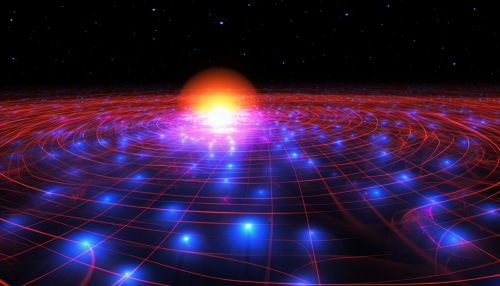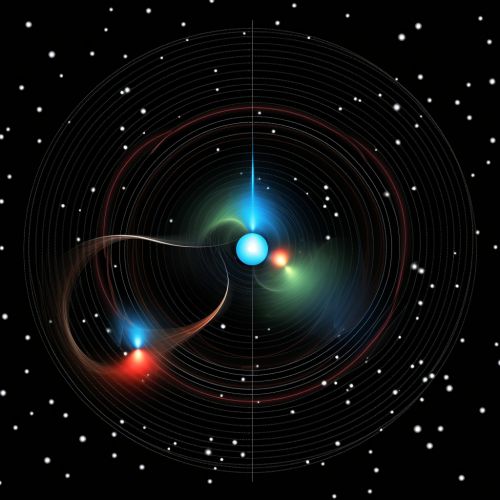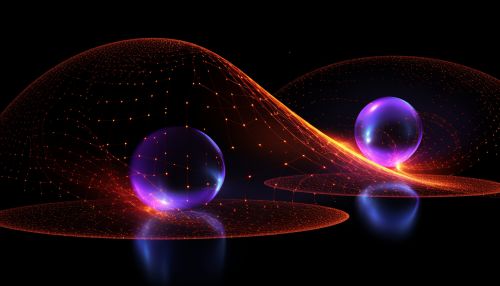The Physics of Quantum Field Theory and its Implications
Introduction
Quantum Field Theory (QFT) is a theoretical framework that combines the principles of quantum mechanics and special relativity to describe the fundamental particles and their interactions. It is a cornerstone of modern physics, providing the mathematical foundation for the Standard Model of particle physics, which describes the strong, weak, and electromagnetic fundamental forces.


Quantum Mechanics and Special Relativity
Quantum mechanics is a branch of physics that describes the behavior of particles at the atomic and subatomic level. It introduces the concept of wave-particle duality, which states that particles can exhibit both wave-like and particle-like properties. Quantum mechanics also introduces the concept of superposition, where a particle can exist in multiple states simultaneously until observed.
Special relativity, on the other hand, is a theory that describes the laws of physics in the absence of gravity. It introduces the concept of spacetime, where space and time are intertwined into a four-dimensional structure. Special relativity also introduces the concept of the speed of light as a universal constant, and the relativity of simultaneity, where two events that appear simultaneous to one observer may not appear simultaneous to another observer.
Quantum Field Theory combines these two theories into a unified framework. It treats particles not as point-like objects, but as excitations in a field that permeates spacetime. This allows it to describe the creation and annihilation of particles, which is not possible in classical quantum mechanics.


Fields and Particles
In Quantum Field Theory, fields are fundamental. They exist everywhere in spacetime, and particles are seen as excitations of these fields. For example, photons are excitations of the electromagnetic field, and electrons are excitations of the electron field.
Each field has a quantum state, which describes the probabilities of finding different numbers of particles in different states. These quantum states can change over time, following the rules of quantum mechanics.
The concept of a particle in Quantum Field Theory is somewhat different from the classical concept of a particle. In QFT, a particle is not a small, solid object, but a localized excitation of a field. This allows for the possibility of particle creation and annihilation, where particles can appear and disappear.


Interactions and Forces
Quantum Field Theory also provides a framework for describing the fundamental forces of nature. In QFT, forces are mediated by particles known as force carriers or gauge bosons. For example, the electromagnetic force is mediated by photons, the weak force is mediated by W and Z bosons, and the strong force is mediated by gluons.
These force carriers can be exchanged between particles, leading to an interaction. This is often visualized using Feynman diagrams, which are graphical representations of the mathematical expressions describing the behavior of subatomic particles.


Implications of Quantum Field Theory
Quantum Field Theory has far-reaching implications in both physics and cosmology. It provides the mathematical foundation for the Standard Model of particle physics, which describes the fundamental particles and their interactions. It also provides a framework for understanding the early universe, where quantum effects were significant.
In addition, Quantum Field Theory has led to many technological advancements. For example, the theory of quantum electrodynamics, which is a subset of QFT, has been used to design lasers and semiconductors. Quantum Field Theory has also been used in the development of quantum computing, which has the potential to revolutionize computing.


Conclusion
Quantum Field Theory is a powerful and comprehensive framework for understanding the fundamental particles and forces of the universe. It combines the principles of quantum mechanics and special relativity into a unified theory, and has far-reaching implications in physics, cosmology, and technology.
